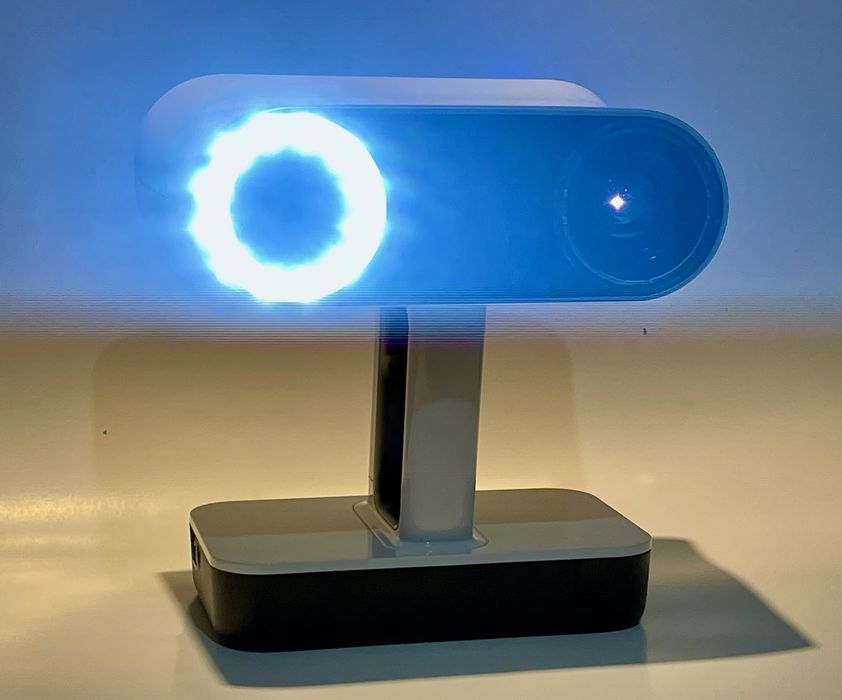
Artec 3D has been busy in Africa assisting an NGO working with handicapped patients.
The Luxembourg-based 3D scanner manufacturer produces a broad line of devices that can handle a wide variety of scanning scenarios. One of their devices is the Artec Leo, a handheld 3D scanner. We reviewed the Leo last year and found it to be quite a powerful and easy-to-use device.
The Leo is quite different from most handheld 3D scanners: it’s completely self-contained. Most handheld devices must be tethered to a nearby PC, which becomes the “brains” for the scanning system. In the Leo, all the smarts are built into the handheld unit, and no cabling or PCs are required during scanning.
While the onboard processing capability does add to the weight of the Leo, that is overcome by the complete freedom of movement from the portability. You won’t require an assistant to manage the cables while you twist around the subject during scanning.
Artec 3D announced they’ve been working with Handicap International, an NGO that “works alongside disabled and vulnerable people in situations of poverty and exclusion, conflict and disaster.” With offices in eight countries, the operation is quite widespread.
The work they’re doing with Artec 3D takes place in Africa, specifically Rwanda. There work is underway to develop an efficient process to produce customized accessories for patients, including orthotics, prosthetics and other supports.
To successfully produce these items they must match the wearer’s body geometry. Traditionally this is done by casting or sculpting, but better results can be obtained through a digital process.
That’s where Artec 3D comes in. They’ve supplied an Artec Leo 3D scanner to the project, along with the necessary software and associated training to run the solution.
Has the Rwandan venture worked? Artec 3D explains:
“Compared to a low-cost alternative scanner they initially experimented with, the staff have found Leo’s built-in display and battery easier to get to grips with and utilize in the field. Additionally, thanks to the speed, precision, and usability of their first two devices, the team have been able to deploy them almost straight away, improving their overall ROI.”
Ease of use is something I mentioned above, and it has to do with Artec 3D’s post-scanning software, Artec Studio. This software tool is where data are processed after scanning, an activity that can be quite complex. During my testing, I found Artec Studio to be very easy to use, and not only that it produced extraordinarily good scan results.
The project is still underway, and it appears that those involved are targeting solutions for children, as Artec 3D explains:
“In the months ahead, they plan to create children’s prosthetics that can be iteratively 3D printed to ‘grow’ with them, as well as custom orthoses for more effective joint realignment.”
This is good news for Rwanda, but also shows how a digital workflow can be an effective solution when combining 3D scanning and 3D printing.
Via Artec 3D and Handicap International
